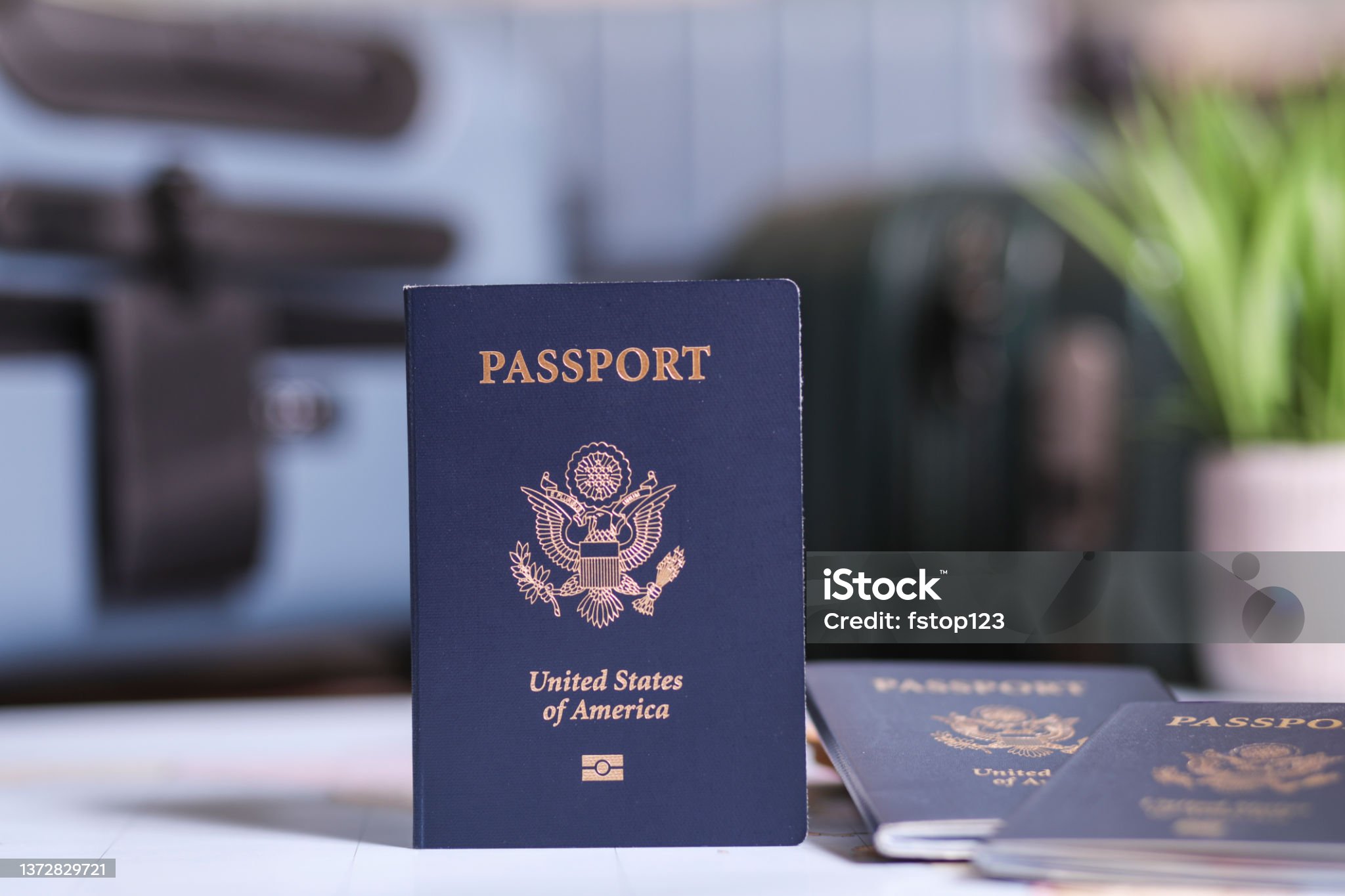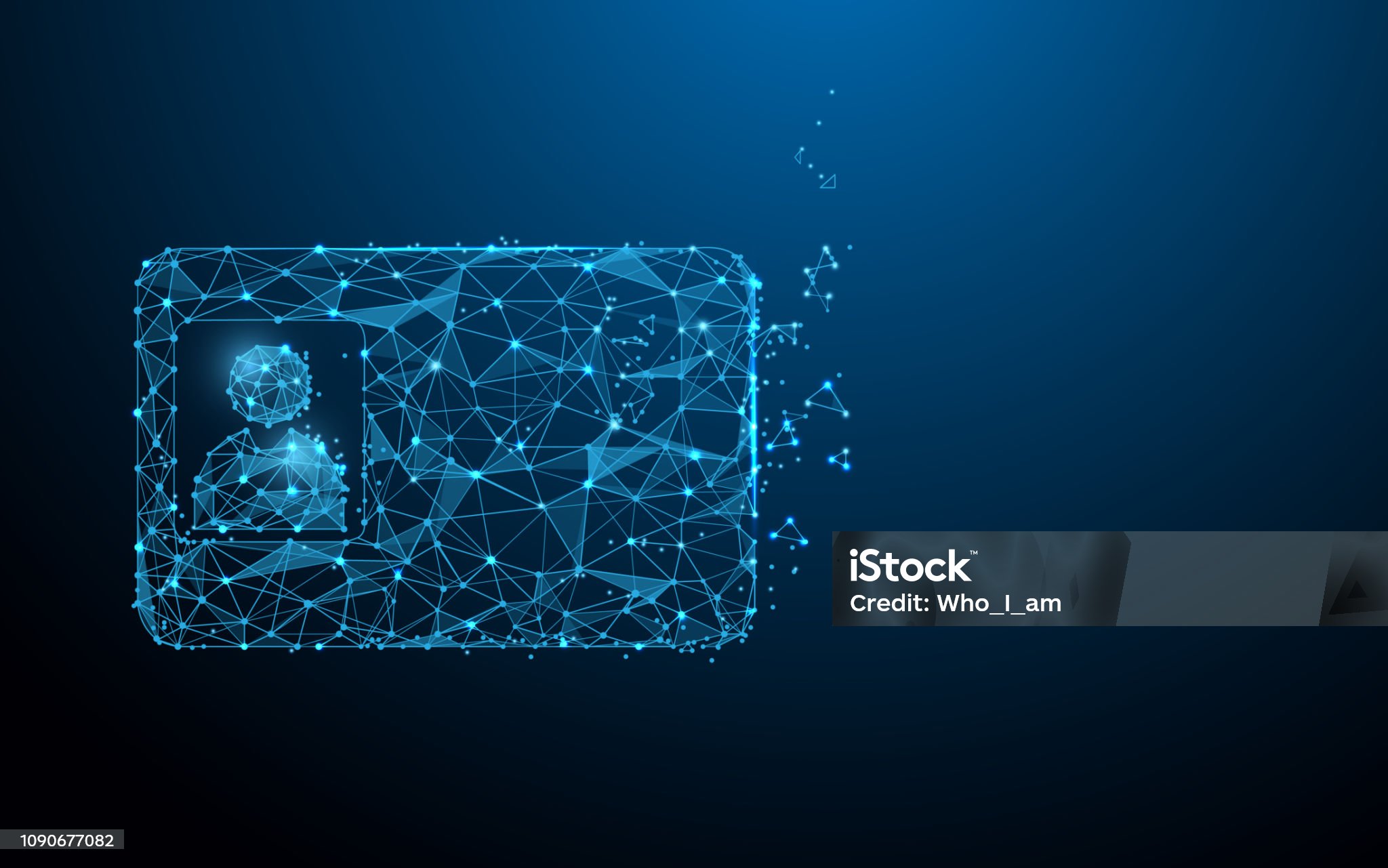Thorough Study regarding ID Papers and Their Role in Global Travel and Commerce
Thorough Study regarding ID Papers and Their Role in Global Travel and Commerce
Blog Article

1. Introduction to Personal Identification Documents
Identification documents play an essential role both for individuals and society. They act as "permissions" and "access passes," allowing society to operate seamlessly when they are widely accessible and recognized. Various types of identification documents exist, each representing a distinct aspect or purpose. For example, a copyright is considered valid proof of the right to operate a car, while a copyright verifies citizenship and facilitates international travel. Such documents hold significant personal importance and facilitate transactions such as employment, services, insurance acquisition, and car rentals. Often, financial institutions may need to verify these documents when dealing with borrowers who appear unreliable or have poor credit histories. Such identification acts both as an identification method and as legal clearance for various functions.
Identification documents have not always been an essential part of daily life, as they are today. The importance of these documents has grown alongside changes in security measures and legal requirements. Technological advancements have permitted the development of security systems that far exceed the ID technologies currently available to consumers. Many countries are moving toward biometric technology to standardize their identification systems. Some already utilize electronic exit systems.
Personal identification documents act as formal proof of legal status. The "real identification" acknowledged universal documents include passports, copyright, copyright, and driver's licenses at both the international and national levels. Many people store their identification documents securely under lock and key and ensure quick access to them when required.
This discussion focuses on the importance and legitimacy of documents like the IDP, Real ID, copyright, copyright, copyright, and resident permits to raise awareness about their significance. Both educators and the public ought to be aware of these key identification papers, as this information could prove valuable in safeguarding or recovering lost documents. The content here is designed to inform both national and international readers about the most critical documents they need for personal understanding and practical use.
2. Legal Structures and Rules Overseeing Identification Documents
The governance of identification documents depends on jurisdiction-specific laws and rules. These documents are provided to individuals through authorized issuing entities in accordance with rules designed to maintain their integrity. In some cases, identification documents may be required, but in other instances, they are used as optional verification or validation. The individual is obligated to adhere to the regulations of the jurisdiction where the document will be utilized. In summary, it is important for individuals to understand the local or specific legal requirements that apply to them in any jurisdiction where they expect or plan to carry out any transaction or to use such documents. For the most part, government agencies at the state or local level issue, regulate, and restrict certain documents for use in certain transactions.
However, jurisdictional identification requirements can sometimes create conflicts for those traveling or doing business internationally. It is, therefore, a global concern when people feel wholly alienated when they travel from one country to another and do not comprehend the rules and regulations regarding identification documents. While it is impractical to list the identification rules for every country here, it is crucial to recognize that with 200 countries and billions of travelers, knowing these rules is essential for global business and travel. By not following the rules, individuals could violate another country's laws, and that is where the rules of reciprocity and international legality must be applied. Noncompliance may result in civil or criminal consequences, breaching identity, privacy, trade, commerce, or human rights laws.
Public policies and protected rights may conflict when setting security rules for travel identification documents. That is, human rights may conflict with public policy on the tightest, most secure identification and documentation required to combat terrorism. In recent years, the introduction of digital mobile driver’s licenses has pushed countries to clarify or draft laws governing their usage, as technology in this area continues to advance. The next frontier for global travel is believed to be the use of digital identification for global travel. Even with the world moving toward mobile driver licenses, passports will likely remain necessary copyright for some time to come. 
The standard and evolution of mobile driver licenses and digital ID are also undergoing rapid change. For example, almost two years after California passed its law defining mobile copyright requirements, stakeholders are about to agree on formal regulations for the first state-sponsored mobile copyright.
3. Comparative Study of International Driver’s License, Real ID, copyright, copyright, copyright, and Resident Permit
An International Driver’s License is an identification produced for people who are driving internationally. Neither the United Nations nor the International Non-Governmental Organization designed the International Driver’s License for the purpose of traveling between states.
The Real ID is primarily used as an ID for boarding domestic flights, in line with state driver’s licenses and ID cards that meet national criteria. In addition to domestic travel, the Real ID grants access to federal facilities and nuclear power plants. However, the Real ID is not a travel document, copyright, visa, or resident permit. Even though some individuals may use the Real ID abroad for personal identification or date of birth purposes, its main function is for domestic travel within the United States.
In the United States, passports serve as original forms of identification, as opposed to derived ones. Passports were developed to ensure citizen safety abroad and aid in travel for diplomatic reasons, treaty negotiations, or international matters of concern. This is the official, often administrative, use. Of course, the copyright has bureaucratic as well as personal applications. In order to travel abroad, especially across state borders, but in some states inter-regionally, the traveler is required to not only hold a copyright but also fulfill additional conditions.
The copyright is a record issued at the time of birth and is used as a means to obtain a copyright and other forms of identification. When comparing the two, it seems that both a copyright and a copyright serve the same fundamental purpose. That said, a copyright carries additional long-term benefits. Also, even if served in acquisition, the copyright never leads to the acquisition of a “second copyright”. A copyright is irrelevant to obtaining a second copyright unless it involves taking on an illegal nationality.
4. Anti-Fraud Mechanisms and Security Features in Identification Documents
Various security features are implemented to prevent forgery, tampering, and fraudulent activities. For example, many ID cards and documents include advanced features like holograms, layered images, and laser-etched designs. Some ID cards also incorporate RFID chips, which store digital images and biometric information to boost security.
A number of these security components are covert or semi-covert, including techniques such as special ink designs, watermarks, or microtext. All these features are intended to ensure that ID documents are difficult to copyright. 
In general, the level of security of an copyright must align with the degree of trust needed for its use. copyright security features, for example, need not be as robust as those on a copyright, since the copyright is used for travel and the copyright is used mainly domestically.
Advances in technology have driven the creation of more advanced security elements for ID documents. It is important to continuously implement and update security features and issuance methods to outpace counterfeiters and fraudsters.
Additionally, constantly assessing existing and new security features and issuance techniques is critical. This ensures that they keep pace with the ever-changing threats and advances that could compromise the security of the document.
Furthermore, an effective anti-fraud document security program needs to employ both proactive and reactive strategies. Proactive measures might include training programs, public information efforts, security seminars, and public service announcements.
5. Final Thoughts and Emerging Trends in Identification Document Technology
This article explores the wide range of identification documents used globally. It is important to see ID not only from the point of view of the technical level (multiple security features, function to verify, government and issuance bodies that could verify, etc.), but also from a legal standpoint, focusing on how these documents hold up in courts for verification.
Research reveals differing views on what makes an identification document effective and how its verification utility can vary by location. Additionally, ethnographic research could offer insight into how different cultures define what constitutes a reliable identification document. Comparative work also provides insight into how the legitimacy of identification documents can vary even in countries with similar political, social, and economic systems.
Future trends in identification documents are rapidly evolving due to innovations in digital and technological fields. Technology is continuously boosting the CV and service offering of standard secure documents such as eIDs to follow the adoption of mobile phones. Key developments in this technological shift involve biometrics and blockchain technology as part of secure identification systems.
Biometrics and its “liveness” function will capture biometric data during direct interaction with the enrolling authority, ensuring identity accuracy and reducing the risk of digital identity fraud. It will go beyond our basic human rights recognized by international law and several constitutions. Access to this biometric data needs to remain highly private and governed by the individual’s consent.
Digital identity systems may cause exclusion concerns, particularly for those who lack easy access to them. Not everyone has easy access to a digital identity in the first place. Some already speak of an “identity gap” caused and reinforced by new technologies that, with different ways of use, can generate structurally unequal levels of identity verification to access certain spheres of human society.
There should be more detailed comparisons between digital identity systems and physical IDs. So, apart from verifying identity, these databases are used to verify the risk levels for various transactions. Further research is needed to examine how the rights associated with offline identification verification can be extended to digital identity scenarios.